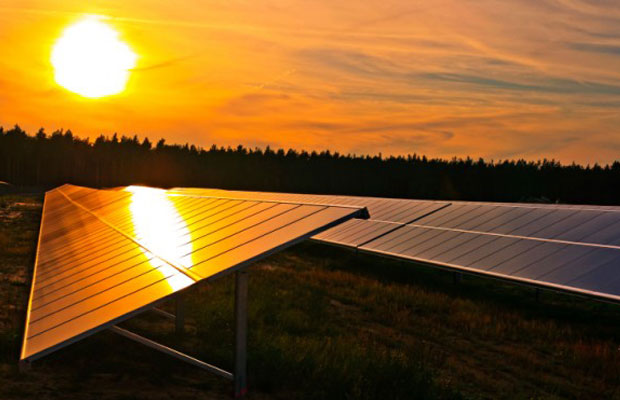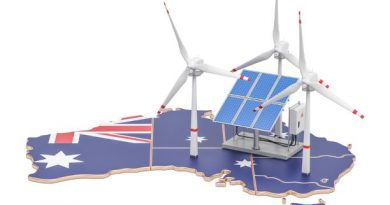Maharashtra has Achieved 9.7 GW of its 22 GW by 2022 RE Target
As of June 2020, Maharashtra has an installed renewable energy capacity of 9.7 GW, which is 44 percent of its 2022 target of 22 GW.

Maharashtra has renewable energy potential of 75 GW, which is 8.3 percent of the country’s total potential. As per the state’s National Electricity Plan 2018, Maharashtra has a renewable energy target of 22 GW to be achieved by 2022. And, as of June 2020, the state has an installed renewable energy capacity of 9.7 GW, as per the latest report issued by the Institute of Energy Economics and Financial Analysis (IEEFA).
9.7 GW/ 22GW is a number capable of diving opinions, as some (notably the authors of the report) believe that it highlights the need for a strong policy and investment drive to achieve the target, while others might see it as glass half full situation with 44 percent of the target achieved with just over two years left on the target deadline.
The report goes on to add that to promote the deployment of renewable energy in the state, Maharashtra Electricity Regulatory Commission (MERC) has, from time to time, set a renewable purchase obligation (RPO) target. And in the financial year 2018/19, the leading Discom in the state i.e. MSEDCL, which is also the largest in the country with a customer base of 27 million, was was short of its RPO target by 1.5 percent for solar and non-solar energy, respectively. It filled the gap by buying renewable energy certificates (RECs) worth Rs 150 crore.
The report then goes on to detail how the state has adopted a multi-pronged strategy to embrace renewable energy. Some of the key strategies discussed were:
Maharashtra Renewable Energy Policy, 2015
The state announced an integrated Renewable Energy Policy in 2015, with a focus on developing renewable energy capacity in the state. The policy also emphasised development of hybrid and distributed solar projects. The state has also been instrumental in the promotion of renewable energy by providing various incentives such as an exemption of electricity duty and a capital subsidy for selected technologies under this policy.
Solar Irrigation Pump Scheme for agricultural consumers
The state government has targeted deployment of 1 lakh off-grid solar-powered agriculture pumps in phases under the “Mukhyamantri Saur Krushi Pump Yojana” scheme. The government plans to install the pumps within three years starting from 2019:
- First Phase – 25,000
- Second Phase – 50,000
- Third Phase – 25,000
Through this solar irrigation scheme, the government plans to:
- Make daytime power available for agricultural pumping
- Decouple the irrigation sector from the power subsidy burden
- Minimise the cross-subsidy burden on commercial and industrial electricity consumers
- Replace diesel pumps to reduce pollution.
The scheme is financed by increasing the electricity duty for all MSEDCL consumers by 10 paise per unit.
Solar Rooftop
To facilitate solar rooftop generation, the state developed a net metering framework, with the Maharashtra Electricity Regulatory Commission issuing its Grid-Interactive Rooftop Renewable Energy Generating Systems Regulations in 2019. These regulations allow for the levy of grid support charges on the generated energy under net metering systems. The charges are intended to recover balancing, banking, and wheeling cost after adjusting RPO benefits avoided distribution losses, and any other benefits accruing to the licensee.
Transmission Infrastructure
The state has surplus energy and via its immense renewable energy potential can establish itself as an export hub. To ensure the off-take of power from renewable energy sources, the state has developed one of the strongest intra-state networks, and its capacity addition planning is in line with proposed renewable energy targets. The state is adding 3.6 GW of Interstate Transmission System (ISTS) capacity under the Green Energy Corridor. The state is also planning to add renewable energy projects for the inter-state sale of power to reduce its overall evacuation requirement.
Read the report here.
Source: saurenergy.com




